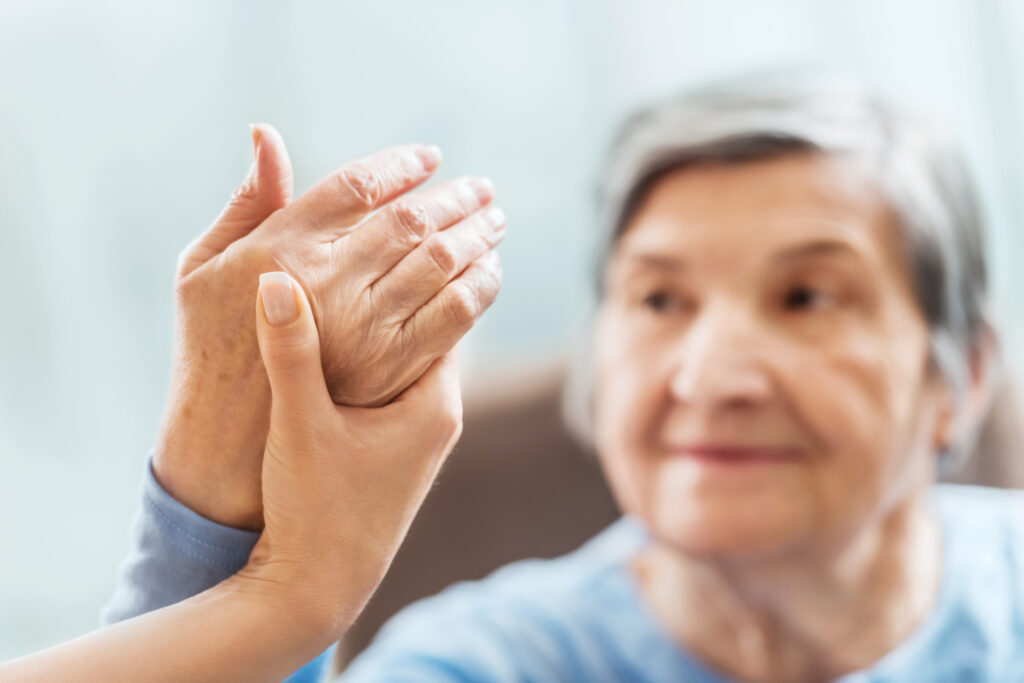Case of the Month
The Case
The College received a complaint from a patient after their physiotherapist administered electroacupuncture treatment. This involved placing needles in the patient’s arm, followed by a heat lamp above the patient’s arm where the needles were inserted. The patient told the PT that they had sensitive skin, but the physiotherapist said the patient would achieve the best result if they could tolerate the highest level of pain.
The patient reported feeling extreme pain throughout the 15-minute treatment. After removing the needles, the PT massaged the patient’s arm, and the patient’s skin started peeling off. The physiotherapist then applied alcohol to the affected area. Later that evening, the PT called the patient to ask about the burn and reminded them to wash it.
As a result of the treatment, the patient suffered from partial thickness burns which caused sleep interruptions due to pain and required medication to prevent infection.
The physiotherapist said they discussed and documented informed consent for the patient’s assessment and treatment, but the PT acknowledged that they could have communicated more clearly regarding follow-up care. The PT emphasized that the electroacupuncture treatment was appropriate, and denied telling the patient that they should withstand the most pain possible for the best outcome. The PT acknowledged that the patient’s skin was peeling but said the heat lamp was at a safe distance and should not have resulted in a burn.
Consent regarding the application of alcohol to the affected area was not documented in the patient chart. Additionally, the PT did not document a call they had with the patient about a visit to the walk-in clinic to address the burn.
Since receiving the complaint, the PT has reviewed the College’s resources about informed consent and communication, has updated their process to obtain and document consent, developed action plans to manage adverse events, participated in professional development courses on the topic of infection control, and enrolled in a record keeping course.
The Standards
According to the College’s resource on consent, physiotherapists must be sure that patients understand what is going to happen before the treatment begins by providing information about the nature of the treatment, its benefits, risks, side effects, the alternative courses of action, and any possible consequences of not having the treatment. In this case, the patient felt that the physiotherapist misled them regarding treatment, and did not consider the patient’s skin sensitivities. The PT also applied alcohol to the affected area without obtaining the patient’s consent.
Physiotherapists must document their conversations with patients about ongoing consent to assessment, treatment, and involvement of other care providers. In this case, the PT did not document a call they had with the patient while they visited a walk-in clinic for the burn.
Acupuncture is a controlled act, which means physiotherapists must be rostered with the College to perform acupuncture, and must have the appropriate knowledge, skills and training to deliver this treatment.
As outlined in the Controlled Acts and Restricted Activities Standard, physiotherapists are required to have a written plan for managing adverse events associated with controlled acts like acupuncture. The plan must be easy to understand, accessible, and reviewed regularly. Any instructions or advice to manage incidents should be clearly communicated to the patient and documented in their chart.
The Outcome
The Committee determined that the issues were significant enough to require that the physiotherapist complete a Specified Continuing Educational or Remediation Program (SCERP) focused on consent, patient safety, and record keeping.
All costs associated with the SCERP will be paid by the physiotherapist, and a summary of the SCERP will be posted on the Public Register.
Controlled Acts and Restricted Activities Standard










when the patient said “I have sensitive skin”, that would be a sign to tone down and be watchful of any modalities given or to consider a different approach or modalities.